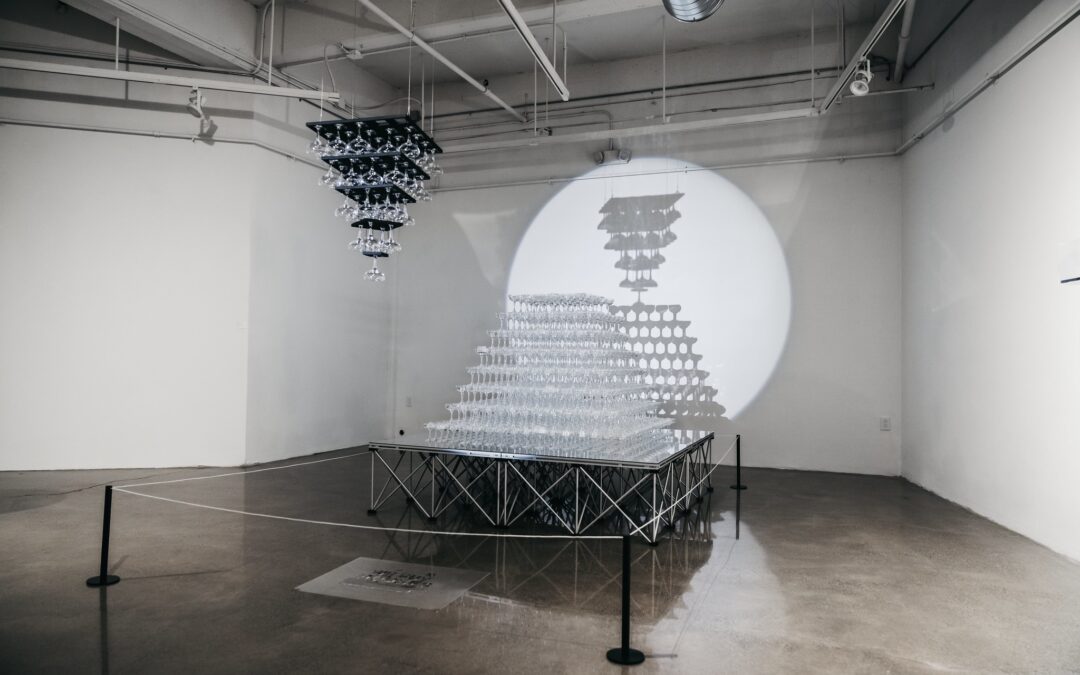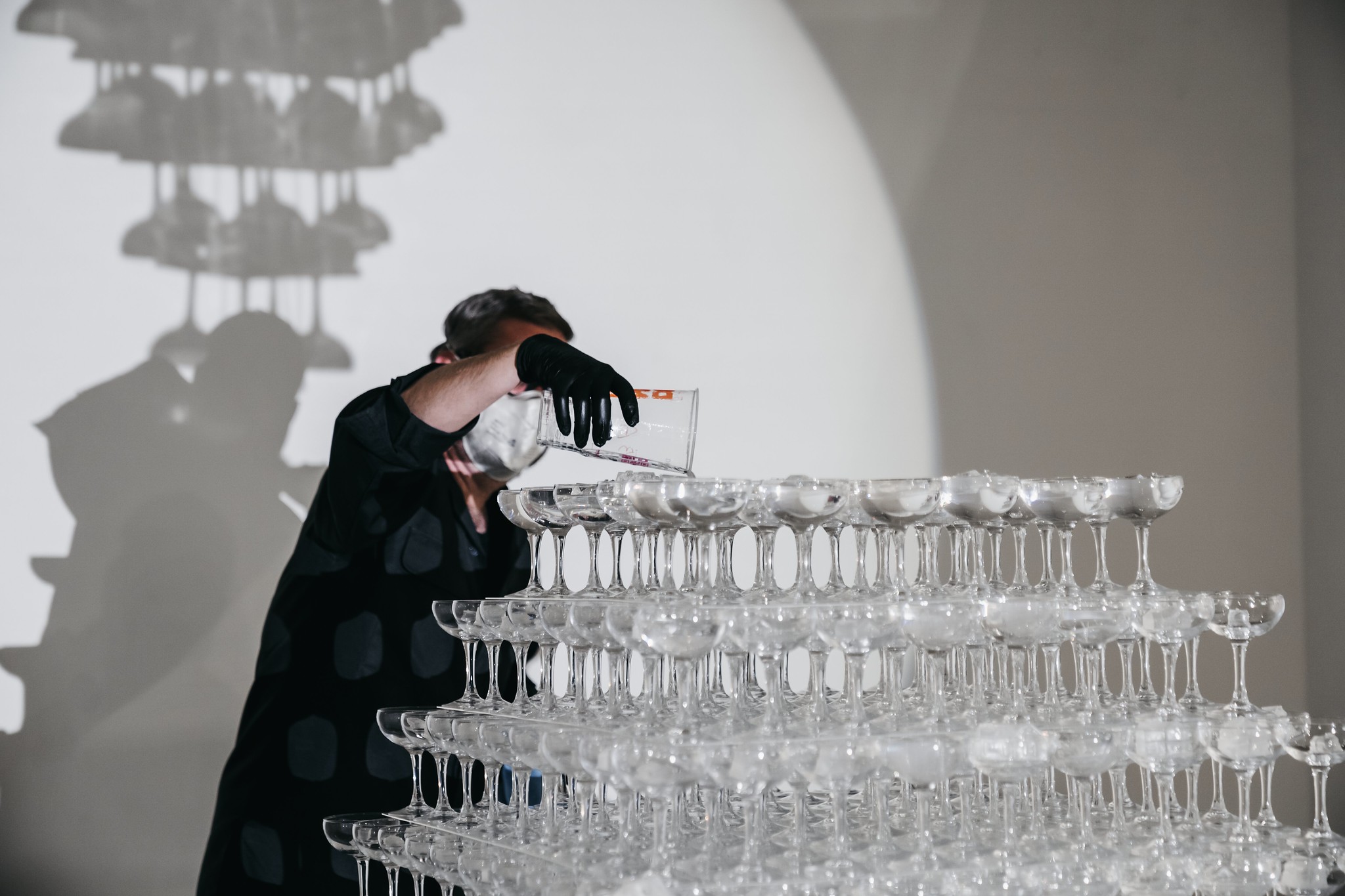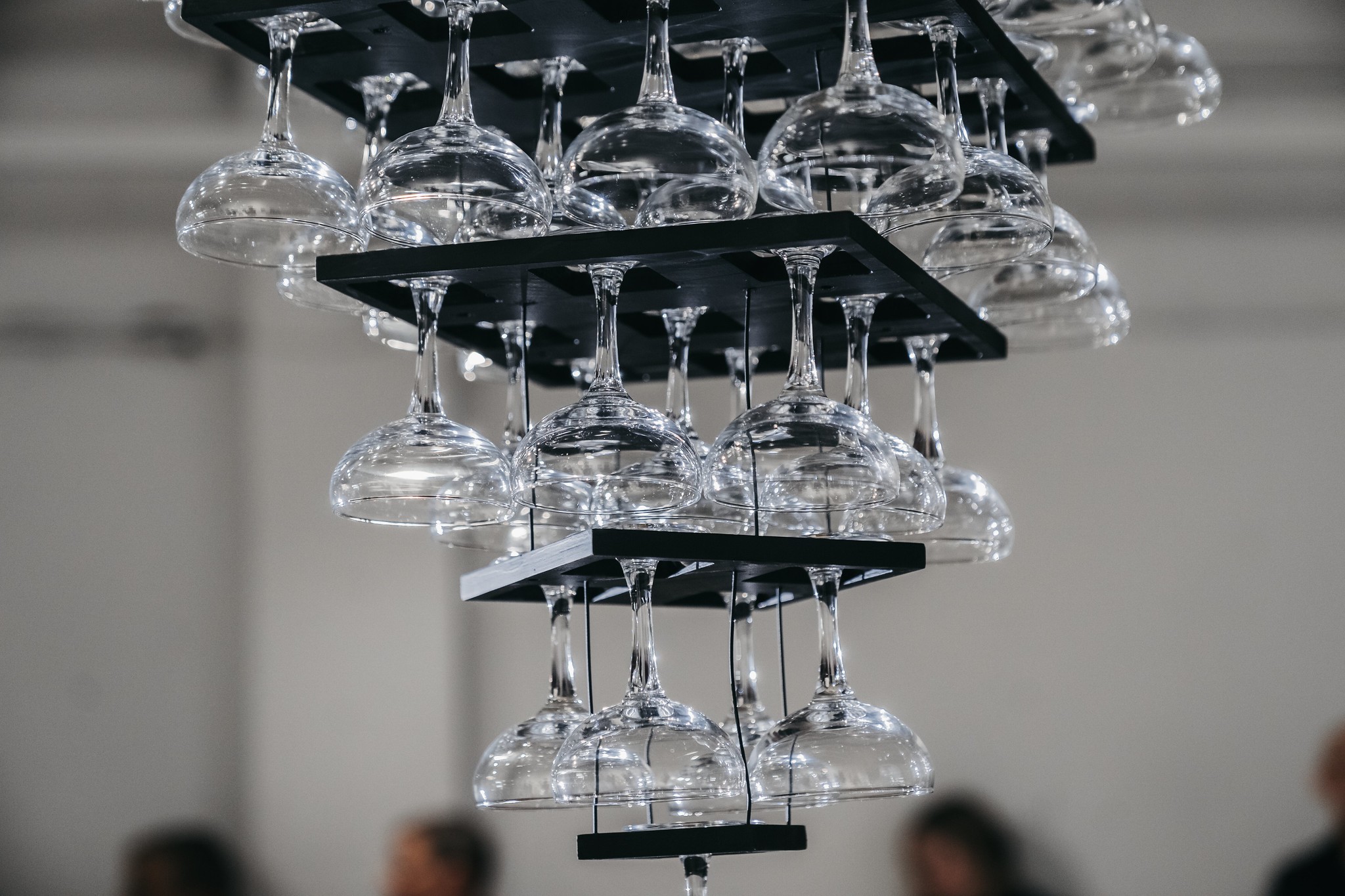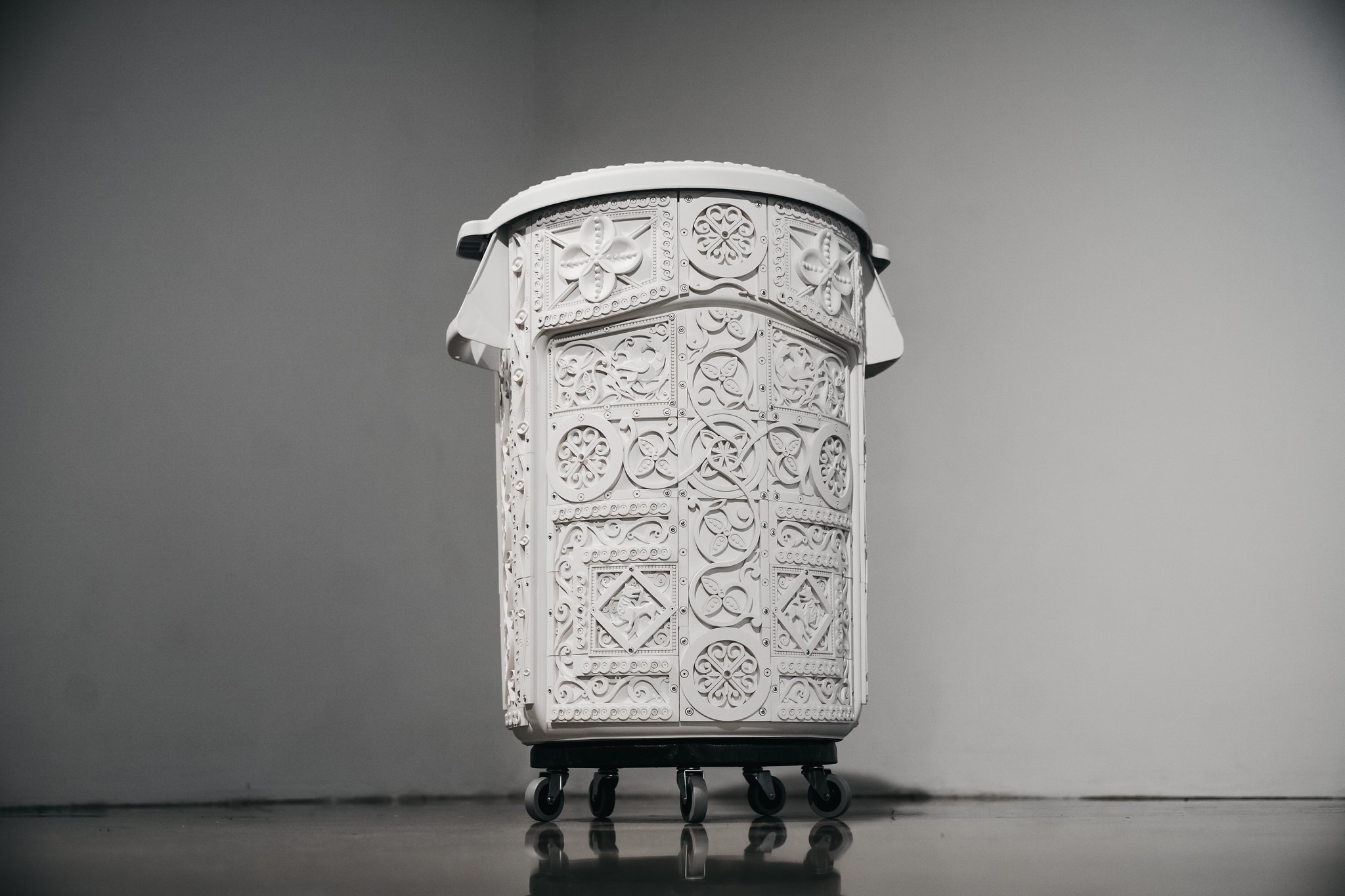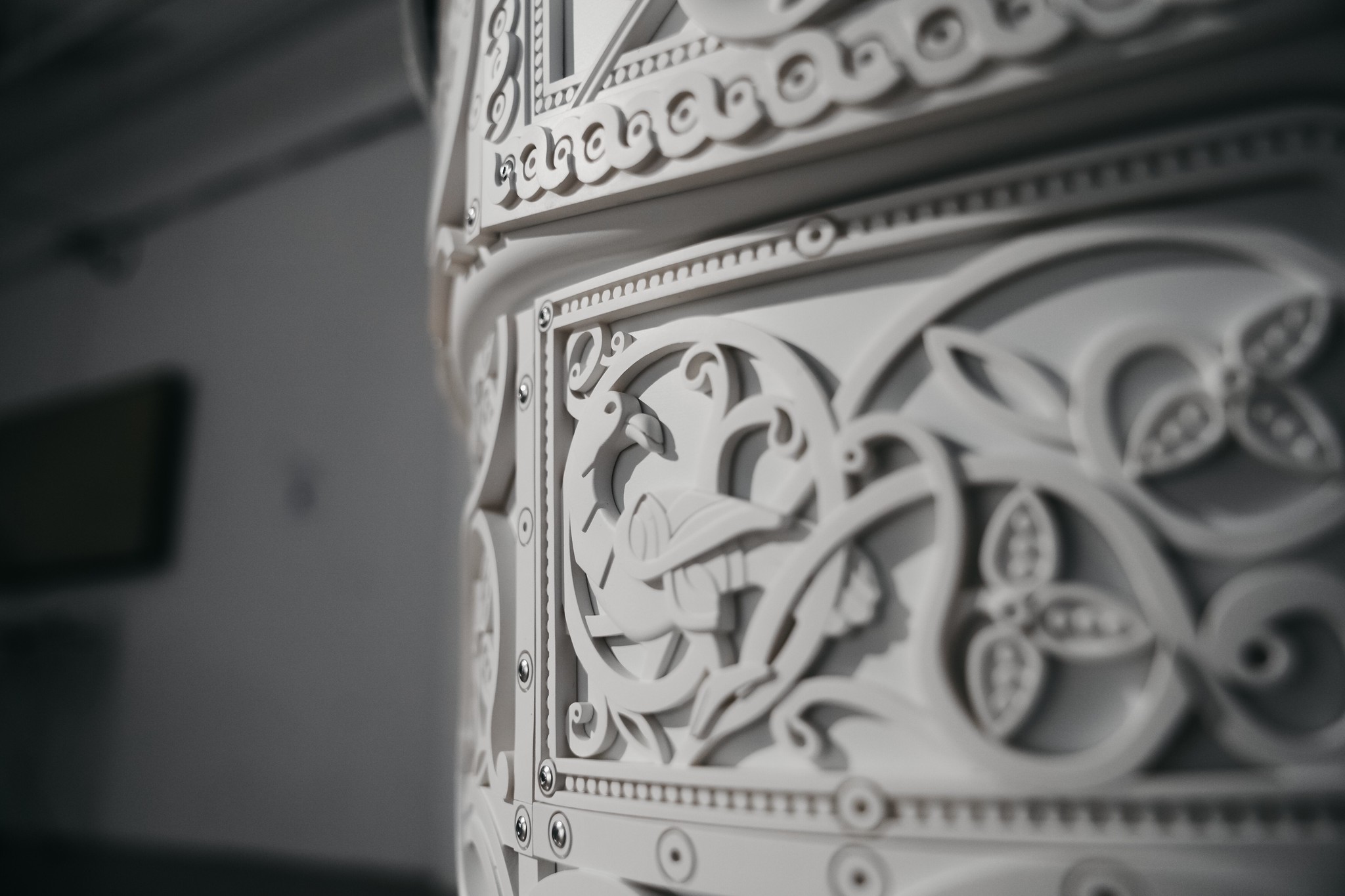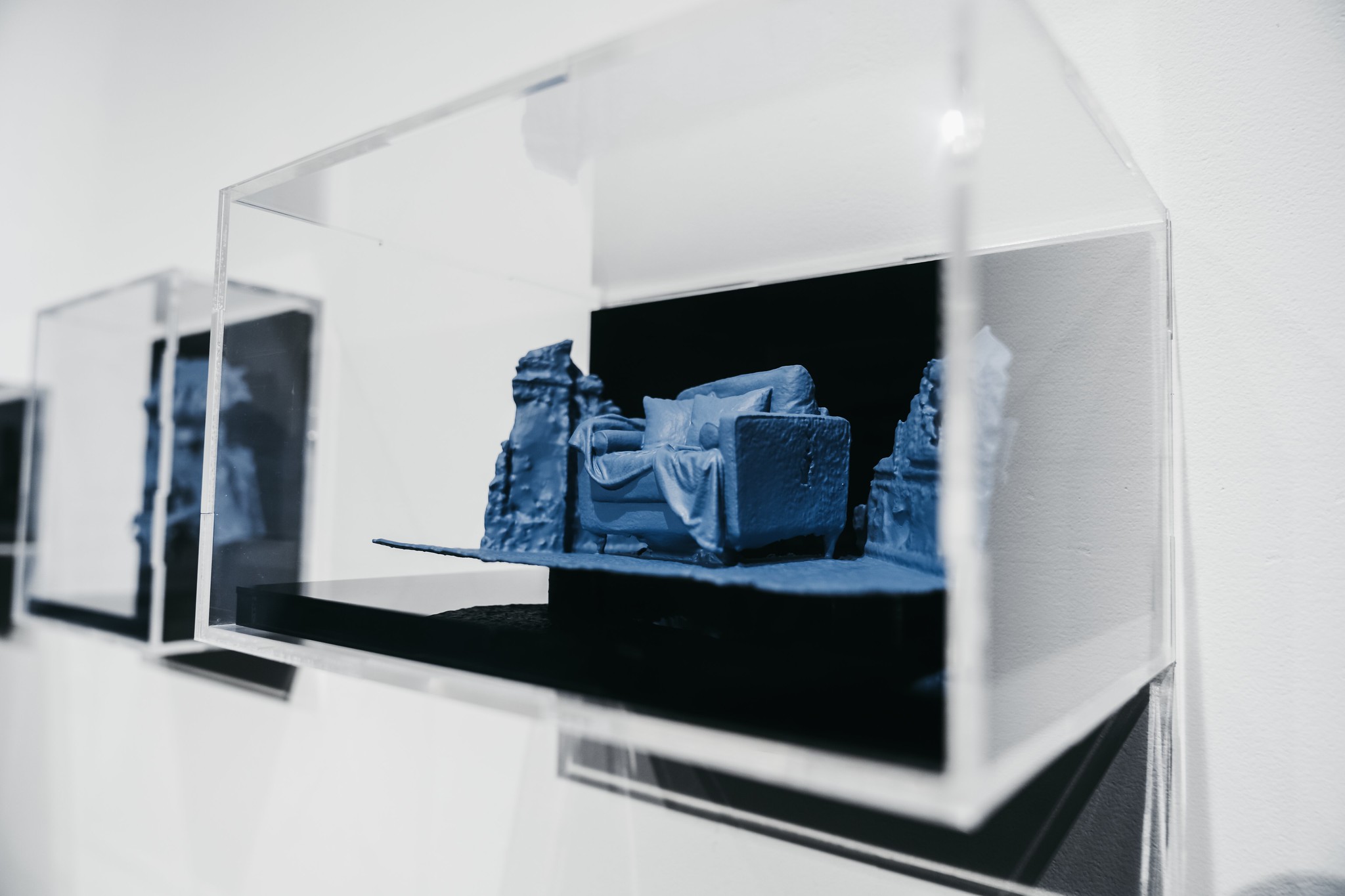Date/Time
Date(s) - 09/23/2022 - 11/04/2022
12:00 am
Location
Buffalo Arts Studio
Categories
Opening Reception, Friday, September 23, 2022, 5:00—8:00 pm
Part of M&T Bank 4th Friday @ Tri-Main Center
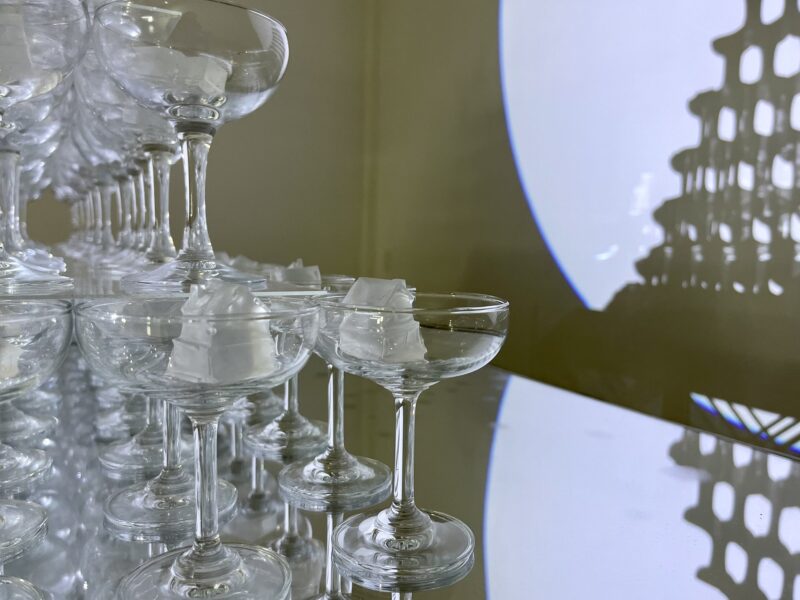
Vanitas
Curatorial essay by Shirley Verrico
A vanitas (Latin for ‘vanity’) is a symbolic work of art showing the transience of life, the futility of pleasure, and the certainty of death, often contrasting symbols of wealth with symbols of ephemerality. Regardless of the objects portrayed in the artwork, vanitas evokes a stark truth; we will all die, and therefore we should give thought to our pursuits, our daily practices, and what is truly meaningful. Vanitas became popular during the 16th Century in Northern Europe, a time of religious tension, when international trade had produced great commercial wealth for some and regular military conflicts across Europe created anxiety and instability for many. It is not difficult to see similarities in our own times: three years of the COVID pandemic, Russia’s invasion of Ukraine, growing wealth disparity, and the ongoing devastation of frontline communities due to the climate crisis. Artists Matt Kenyon and Jason J. Ferguson have worked together around the theme of the domestic for over a decade. Their most recent work, exhibited in Homing, is rooted in and reflects on the social and political unraveling that has forced many to reevaluate what is important in their lives and what is, perhaps, simply vanity. Homing addresses both the intimacy and the ephemerality of home while challenging the invisible systems of power and wealth that govern day-to-day existence. Kenyon’s Kicking the Ladder is an installation of hundreds of champagne glasses in a nearly complete pyramid. Each glass contains a miniature model of a house cast out of a material the Kenyon has developed with the same refractive index as water, making the houses invisible when they are submerged. Kicking the Ladder is responding to the ongoing American crisis of property that has lost its value due to the effects of extreme weather. By contrasting the opulent image of a champagne glass pyramid with the crisis of climate change and rising flood risk, Kicking the Ladder creates a visual metaphor for the fragility hidden within the current housing market. This crisis is already part of the lexicon —when someone owes more than a house is worth, people say the mortgage is “underwater.”
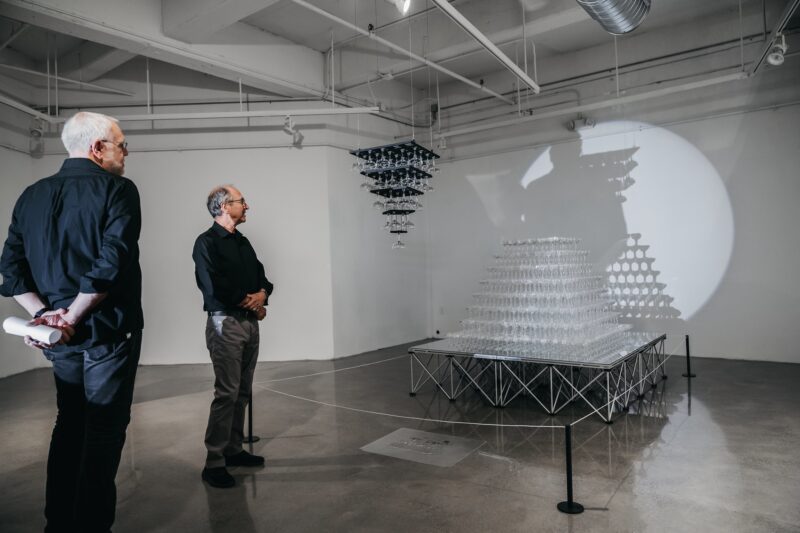
In Kicking the Ladder, the top layers of the pyramid have been disconnected and overturned. This inversion serves as both a visual and metaphoric element. The overturned glasses no longer function as vessels and their contents seemingly empty onto the floor and across a hydrophobic mat, revealing the ubiquitous “we buy houses” message often seen within distressed urban landscapes. Kenyon’s installation ties together the damage caused to frontline communities by both the climate crisis and the real estate speculation that follows. Homing includes three of Kenyon’s micro-text projects that function as acts of protest and commemoration. All three are presented as stacks of paper, however, each carries a hidden memorial. Though it might look like the paper elementary school students use to learn penmanship, for Alternative Rule, the lines on the paper are made up of names and dates of children who have been victims of gun violence since the Columbine High School shooting. On the yellow pages of Notepad, each ruled line is revealed to be microprinted text enumerating the full names, dates, and locations of each Iraqi civilian death on record over the first three years of the Iraq War.
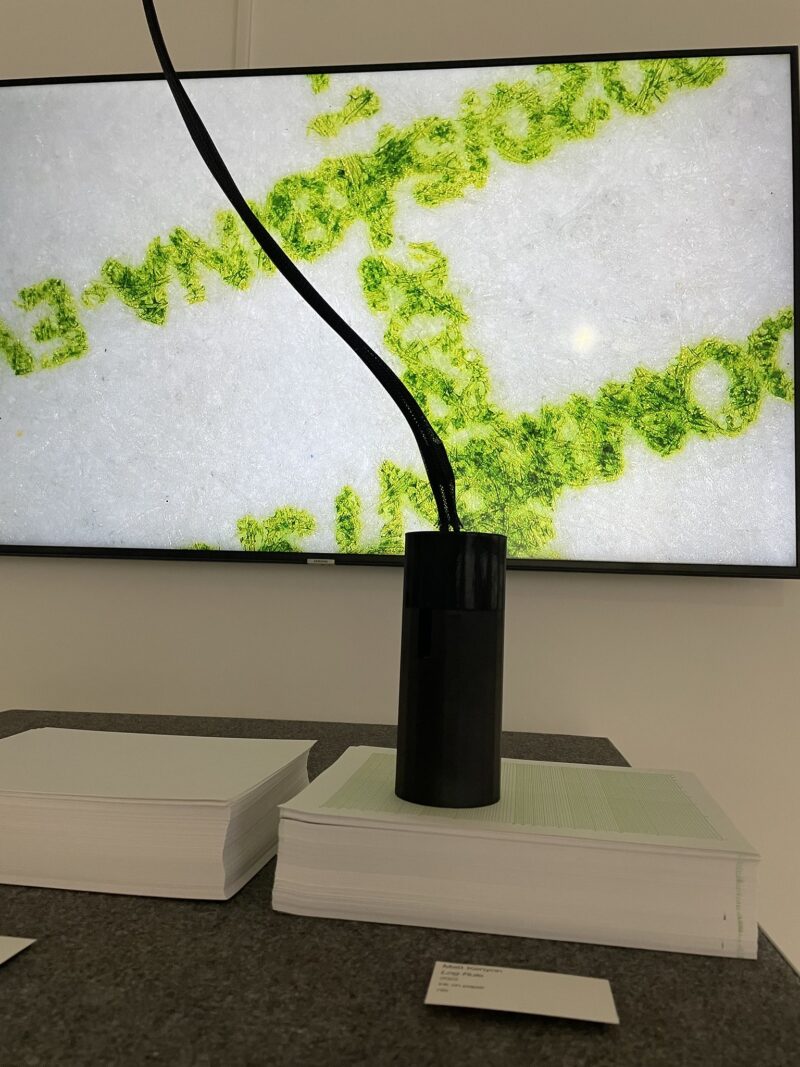
In Log Rule, the names, dates, and locations of those who have died from COVID are preserved in the micro-printed text that makes up the horizontal and vertical lines. Visitors can read the names on each of the three texts using a moveable video magnifier attached to a large flat-screen monitor. Kenyon has displayed large stacks of printed papers as he intends this work to circulate in the world, both as memorials and as tools to protest injustice. Kenyon invites visitors to write their elected officials using both the paper and their own voice to advocate for change at the local and national level. By writing and posting a letter, visitors help place the paper within the official government archive, adding to a secret memorial housed within the system as well as one actively circulating amongst people in power.

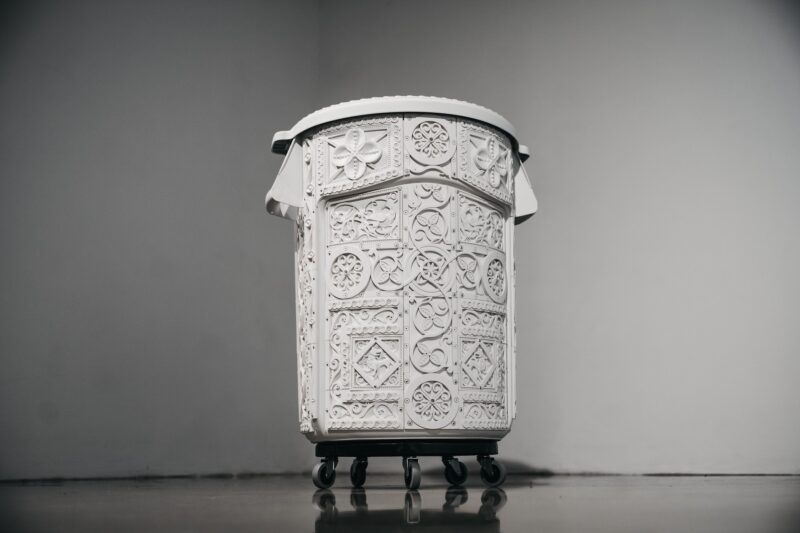
The work Ferguson created for Homing also recalls the vanitas genre. Ferguson continues his investigation of corporeal existence in this Artifact series, using monotonous and repetitive action to embody time while replicating, manipulating, and recontextualizing familiar objects to create unsettling experiences. This collection of sculptures captures poetic moments from the sheltered and unvarying routine of living and working from home during a global pandemic.
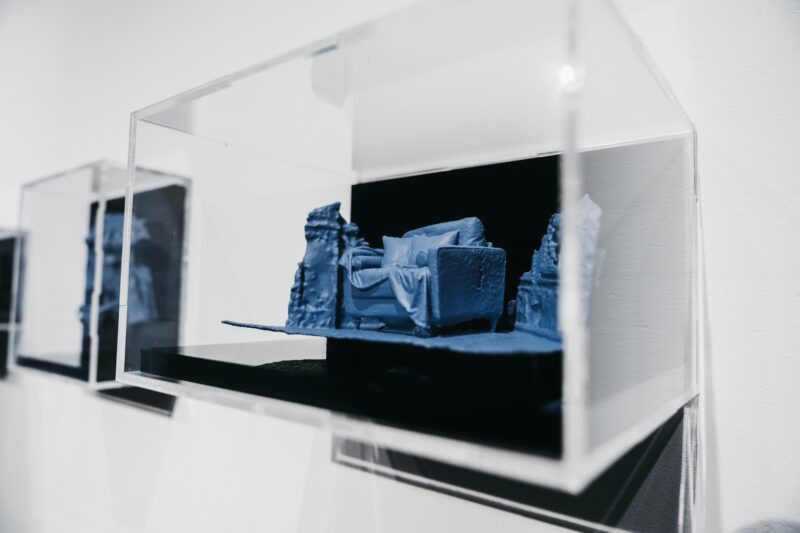
Each object was created by taking hundreds of photographs of seemingly mundane compositions in Ferguson’s home. We see baseball caps hung on hooks, a snow shovel propped against the doorway, a blanket tossed onto the couch—all suggest an actor and an action missed by the camera. This photogrammetry process became an act of seeing rather than simply looking for Ferguson; of paying closer attention to the quiet, often overlooked, arrangements of objects in space. The ruptured, incomplete forms produced by the 3-D printing highlight the limitations of the software while speaking to the fragility of memory and the passage of time. Standing alone in the corner of the gallery is Receptacle, an object that combines a 10th-century Northern Italian reliquary with a common 55-gallon Rubbermaid BRUTE trash can. Recalling the ivory widely used in Medieval reliquaries, Ferguson has covered the surface in intricate designs featuring vegetal motifs and animals. The color seems more a critique of the “white cube” gallery culture than an indicator of the holy status of the Receptacle’s contents, raising questions of context, value, container, and the contained. Ferguson’s critique, along with Kenyon’s call to action, embraces contextual and interactive techniques that encourage active viewer engagement rather than passive consumption. Homing asks viewers to look slowly and carefully, to see the destructive systems governing our lives and to act to commemorate and preserve what is truly meaningful.
Artist Biography:
Jason J. Ferguson’s work has been exhibited internationally including exhibitions in Tokyo, Berlin, São Paulo, Rosario, and Tirana. Nationally he has exhibited in Brooklyn, Chicago, Philadelphia, Baltimore, Kansas City, Cincinnati, and Detroit. Notable venues include the Museum of Contemporary Art Detroit (MoCAD), the Delaware Contemporary, the Institute of Contemporary Art Philadelphia, Brooklyn’s BRIC, and the International Museum of Surgical Science in Chicago. He was an Artist-in-Residence at Elsewhere Artist Collaborative, North Carolina in 2007 and Kunst in Kolderveen, Netherlands in 2008. Ferguson speaks widely about his work through public lectures and events. His artwork has been featured in a variety of publications including Sculpture Magazine (2018, 2014, 2008), Hyperallergic, SciArt Magazine, Artifizz, Chicago Art Review, 3D Additivist Cookbook, and more. Ferguson is currently a Full Professor in the School of Art & Design at Eastern Michigan University.
Artist Biography:
Matt Kenyon is a new media artist and designer. He has participated in numerous collaborations with artists, architects, and technologists. Kenyon’s work has been exhibited internationally and collected by institutions including the Museum of Modern Art in New York. Kenyon has received a number of awards including the distinguished FILE Prix Lux Art Prize. Reproductions of his work made through SWAMP (Studies of Work Atmospheres and Mass Production) have been featured in mainstream publications such as Wired and Gizmodo, and also appear in edited volumes such as A Touch of Code (Gestalten Press) and Adversarial Design (MIT Press). Kenyon is a TED fellow and a Macdowell fellow. He was recently selected for Coolhunting’s CH25, a showcase of creators and innovators from a broad range of disciplines who are currently working to drive the world forward. He lives and works in Buffalo, NY where he is Director of the Graduate Program and Associate Professor in the Department of Art at the University at Buffalo (UB) and part of PLATFORM, UB’s socially engaged design studio. All of the programming in Displacement Reclaiming Place, Space, and Memory reflects the belief that artists and curators can effect change through purposeful collaborations that balance community needs, artistic insight, and educational impact. This series intends to not only display powerful visual statements but to also spur dialogue between varied audiences that open doors to social and economic justice as well as a better understanding of displacement.
Part of the Displacement: Reclaiming Place, Space, and Memory Exhibition and Workshop Series, which is funded in part by the National Endowment for the Arts.
PDF of the exhibition catalogue is available for download here.
Photos by Creatives Rebuild New York Fellow, Aitina Fareed-Cooke.

